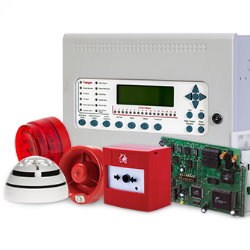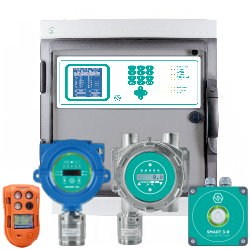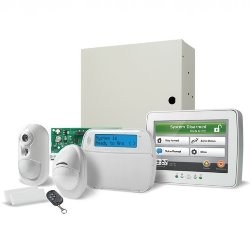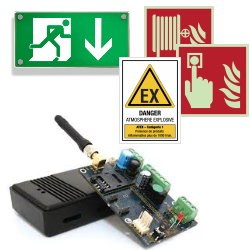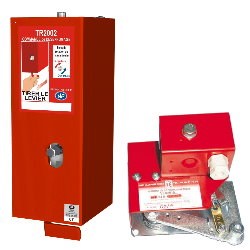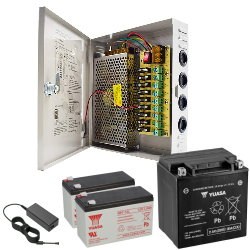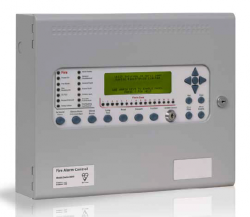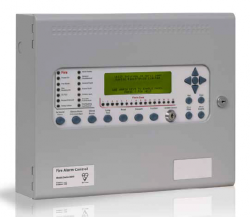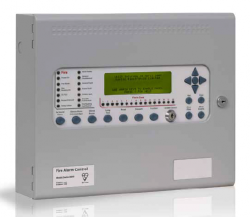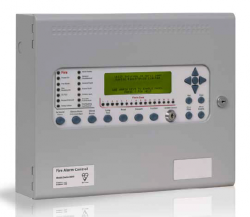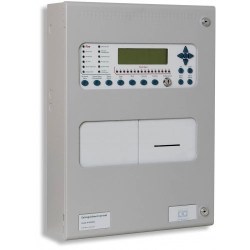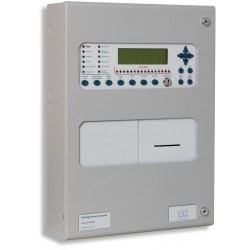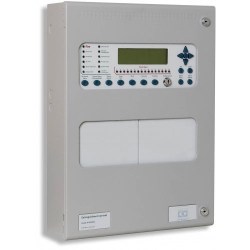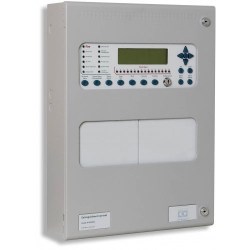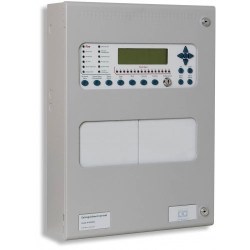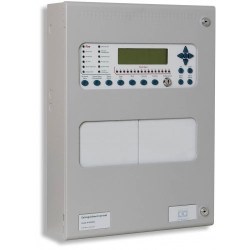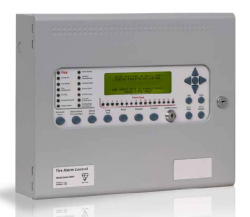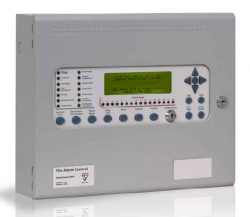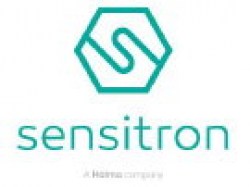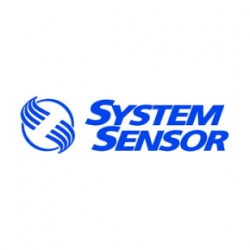1 Analogue Loop 16 Zones with APOLLO protocol Addressable Fire Control Panel Kentec SYNCRO AS LITE LA81161M2
1 Analogue Loop 16 Zones with HOCHIKI protocol Addressable Fire Control Panel Kentec SYNCRO AS LITE LH81161M2
1 Analogue Loop 16 Zones + key with APOLLO protocol Addressable Fire Control Panel Kentec SYNCRO AS LITE LA80161M2
1 Analogue Loop 16 Zones + key with HOCHIKI protocol Addressable Fire Control Panel Kentec SYNCRO AS LITE LH80161M2
1 Analogue Loop 16 Zones with APOLLO Protocol Addressable Fire Control Panel Large Enclosure + Key & Printer Kentec SYNCRO AS A80161M3P
1 Analogue Loop 16 Zones with HOCHIKI Protocol Addressable Fire Control Panel Large Enclosure + Key & Printer Kentec SYNCRO AS H80161M3P
1 Analogue Loop 16 Zones with APOLLO Protocol Addressable Fire Control Panel Large Enclosure with Activation key Kentec SYNCRO AS A80161M3
1 Analogue Loop 16 Zones with APOLLO Protocol Addressable Fire Control Panel Large Enclosure Kentec SYNCRO AS A81161M3
1 Analogue Loop 16 Zones with HOCHIKI Protocol Addressable Fire Control Panel Large Enclosure with Activation key Kentec SYNCRO AS H80161M3
1 Analogue Loop 16 Zones with HOCHIKI Protocol Addressable Fire Control Panel Large Enclosure Kentec SYNCRO AS H81161M3
1 Analogue Loop 16 Zones with APOLLO Protocol Addressable Fire Control Panel Small Enclosure + Key Kentec SYNCRO AS A80161M2
1 Analogue Loop 16 Zones with HOCHIKI Protocol Addressable Fire Control Panel Small Enclosure + Key Kentec SYNCRO AS H80161M2
 English (UK)
English (UK)  Français (FR)
Français (FR) 

